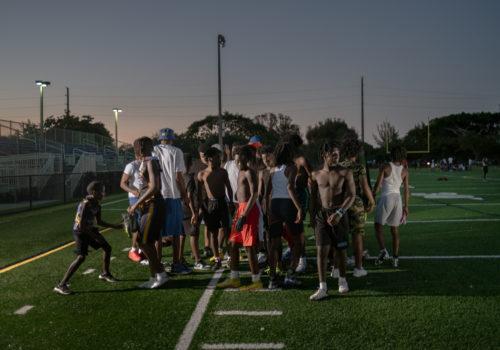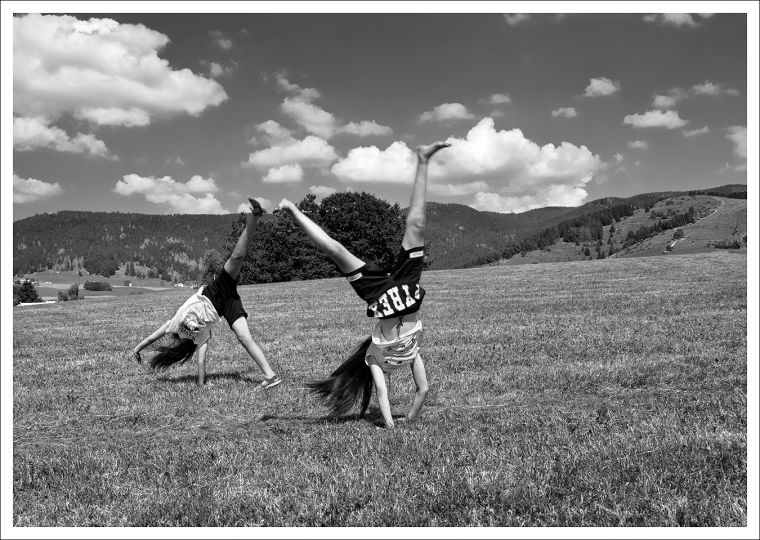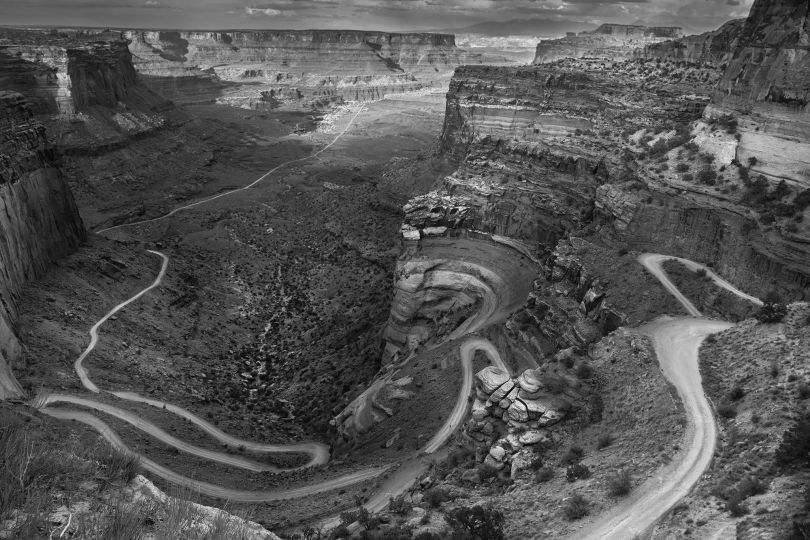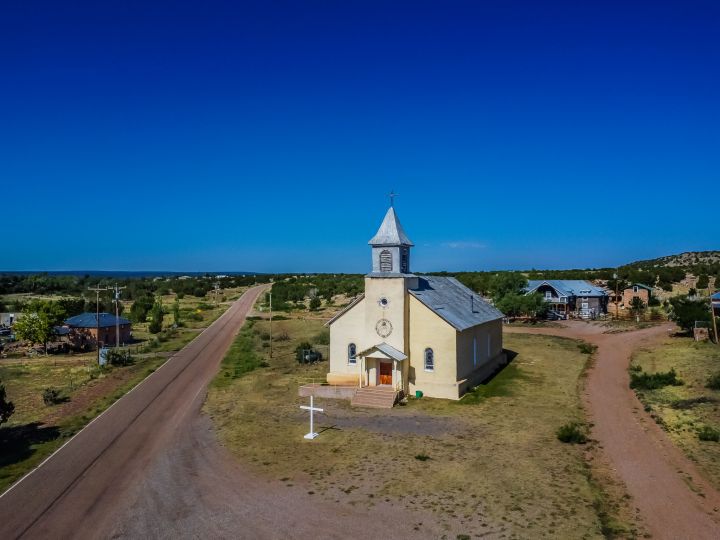Antoine Martin sends us his portfolio Miami, not the Beach accompanied by this text.
Allapattah is a working-class neighborhood in Miami, predominantly Cuban and Latino, wedged between the very touristy Wynwood district and the airport. Although belonging to the same county, Miami and Miami Beach are in fact two very distinct cities, with two mayors and two histories. The first officially became a municipality in the 1890s and the other was created around 1915.
The series “Miami, not the Beach” has as its starting point the “Esquina de Abuela” (grandmother’s corner) in Allapattah, a sort of squat, halfway between an ephemeral artistic place and a cultural center, organizing events for and with local communities. In a metropolis where urban planning and the constant need for a car do not favor meetings or the creation of a collective life, Esquina de Abuela is the gateway to a city very different from the imagery attached to the peninsula seaside lighthouse.
The work expands as I discover Miami, each time I am introduced to someone by someone. New people take me to other historic neighborhoods like Liberty City, Overtown, Little Haiti or Little Havana, and sometimes these encounters give rise to new photographs.
From the center to the outskirts of this multicultural and multigenerational city, family and social relationships are often privileged, leading to detachment from the rest of the urban fabric, or even the neighborhood. This work questions the possibility of going towards the Other – as much I towards them, as they between them – by contrasting living together and among ourselves, in a society that is still very segregated. These groups – Latinos, African-Americans, Caribbeans – occupy their territory and are transformed according to influences, migratory flows, segregation processes, composing, indoor, so many worlds behind closed doors. This separation is reinforced by the carrying of firearms, or by the adoption of dogs known to be aggressive like pit bulls, illustrating a desire to constantly protect oneself from others and keep them at a distance.
However, Miami and Miami Beach share a common problem: global warming. While Miami Beach is on the sea at zero level, Miami’s popular neighborhoods are six or seven meters higher. Real estate developers are investing heavily there because these neighborhoods are better protected from flooding and their viability is more sustainable. This leads to large-scale gentrification phenomena. Many of the places photographed here risk disappearing, many people will be displaced in the years to come and with them a certain popular culture of which these photographs keep traces.
Antoine Martin
www.martinantoine.com
@antoinemartiin
















